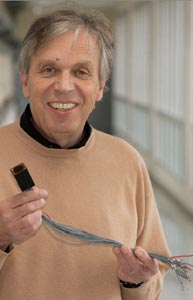Public lecture with the partnership from the Polish Physical Society (PTF)

"Would it matter if matter is the same as antimatter?"
Prof. Walter Oelert
Supervisory Professor at the Johannes Gutenberg University Mainz, Germany.
Thursday, June 8th 2017, 18:30 - 20:00
Main Aula of Collegium Novum of the Jagiellonian University
The lecture is open to the public
In 1995 Prof. Walter Oelert and his group has created and observed at CERN eleven antihydrogen atoms. These were first anti-matter atoms registered in the laboratory by human kind!
CERN has a longstanding tradition of pursuing fundamental physics on extreme low and high energy scales. The present physics knowledge is successfully described by the Standard Model and the General Relativity. In the anti-matter regime many predictions of this established theory still remain experimentally unverified and one of the most fundamental open problems in physics concerns the question of asymmetry between particles: why is the observable and visible universe apparently composed almost entirely of matter and not of anti-matter? There is a huge and frequently growing interest in the very compelling scientific case for anti-hydrogen and low energy anti-proton physics. High-precision tests of the properties of anti-hydrogen in magnetic minimum traps can only be performed if the anti-hydrogen atoms are cold enough to be hold in place for a relatively long time.
About the speaker
Walter Oelert is retired from the position as a scientific co-worker at the Research Centre Jülich and as Professor from the Ruhr University Bochum both located in Germany. He still works as a Visiting Scientist at the Research Centre CERN, Genève, Switzerland and as a Supervisory Professor at the Johannes Gutenberg University Mainz, Germany. After starting his career in Nuclear Physics by investigating few nucleon transfer reactions, his work concentrated in the production of baryons and mesons with strangeness at the COSY accelerator in Jülich, the Celsius ring in Uppsala as well as the LEAR facility at CERN. In this research field physicists from the Physics Institute of the Jagiellonian University were strongly engaged and co-working with him and his group in Jülich.
In 1995 an international team under the leadership of him observed the first ever seen anti-hydrogen atoms. Presently he is involved in the construction of the ELENA ring at CERN, a facility which decelerates the antiproton down to 100 keV, which will increase the experimental efficiency by orders of magnitude.




